How You Can De-stress With Meditation
Posted on October 27, 2010 by Debra Burdick
In our society we often lead very busy and stressful lives. This can lead to a stress response not unlike being chased by a saber toothed tiger. Our body releases stress hormones that make us fast and strong – in order to survive. This is called the fight or flight response. But being in a chronic state of stress can be, and often is, deadly. And seventy to eighty percent of visits to primary care physicians are due to stress related illness.
One way to avoid being in a chronic fight or flight state is to meditate on a regular basis. Meditation allows the brain to calm down, slow down, relax and rejuvenate. It also indirectly allows the stress hormones released during chronic stress to gradually decrease. Studies show that meditation done on a regular basis can impact your health and improve concentration and mental clarity.
What is meditation? Meditation is an ancient practice that has survived the test of time. This is true because it works. Meditation is a practice that teaches you (or your child) to shut down the busy chatter of you brain and to go within.
There is a large variety of meditation techniques. The majority of these techniques use a focus on the breathing as a foundation. Breathing is an automatic function. We do not have to think about taking a breath. We do it automatically. But, if we choose to do so, we can take control over our breathing. We can hold our breath or breathe faster or slower or in a pattern. When we do this we indirectly impact other automatic functions such as heart rate, blood pressure, and stress hormones.
Some meditation techniques are very simple while others are quite complex. But they all share the common benefit of allowing the brain to rest, of teaching the brain to have better control over what it is thinking about, and to lower stress hormones.
Most of the meditation techniques use the awareness of our breath to help us detach from the busy chatter of our brains and focus within. When we inhale we activate our sympathetic nervous system. This activates and energizes us. When we exhale we activate our parasympathetic nervous system. This relaxes and calms our bodies. Therefore, if we exhale twice as long as we inhale, we have effectively calmed ourselves. Typically, we feel much better when we are more relaxed. And we lower stress hormones.
One simple breathing meditation that even my young clients have fun doing involves counting each exhale until you have counted four exhales. Count that as one. Then count the next four exhales and count that as two. Then count the next four exhales and count that as three. Repeat this until you realize that you have stopped counting your breaths. I challenge you to see how many sets of exhales you have counted before you become distracted. Try for at least ten sets of four. Try it. It’s harder than you think. It is training you to focus on your breath and to filter out distractions while you do it. With practice you will get better and better at it.
Another simple technique to calm our bodies and our minds involves inhaling through our nose to the count of four, and then exhaling through our mouth to the count of eight through pursed lips. This involves gently blowing out through our lips. Each time we inhale we can imagine that we are inhaling relaxation or a cushion of healing air, and as we exhale we can imagine that we are relaxing our mind or relaxing our body. As we inhale again to the count to four we can imagine we are inhaling a cushion of healing energy, and as we exhale we can imagine that we are releasing everything that needs to go. Just by doing this simple technique for three or four breaths will result in a more relaxed feeling and a better sense of well-being and focus. It helps to calm down a busy brain or a fidgety body.
While doing these breathing exercises, I teach my clients, young and old, to put their hands in ‘meditation pose’. This involves touching their thumb to their middle finger in a circle and turning their hands palm up. This helps them sit still and stay focused on their breathing. It is a tangible way for them to remember to stay focused. Even four year olds love to do this. They always smile and quickly put their fingers in position when I remind them to do it. If a four year old can do this, you can, too.
Another type of meditation is a walking meditation. Go outside for a walk. Teach yourself to exhale every time you put your right foot forward, or every other time if you walk fast. See how long you can remember to do it. Any time a thought pops into your head, acknowledge it but then dismiss it. Don’t judge it. Allow and dismiss. Pretend the thought starts to write itself on a white board and then erase it as soon as you start to see it.
There are also many guided meditations available on CD. Choose one that leads you (or both you and your child) through a progressive relaxation. These can be especially helpful to use at bedtime if you have trouble settling down to fall asleep. They provide a double benefit; they help you fall asleep, and train you to focus. One of my five year old clients with a chronic problem going to sleep was able to go to sleep by listening to a relaxation CD I made for him. This turned around his sleep problem in about 4 nights!
Try meditation for yourself as well as your child. Practice daily. Try different techniques until you find a few that feel comfortable and natural for you to do.
I would love to hear your personal experiences with this topic.
Categories: Articles, Chronic Illness, Sleep

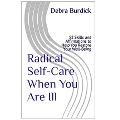
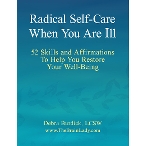
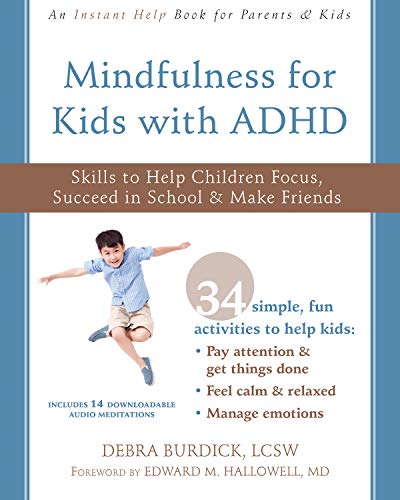
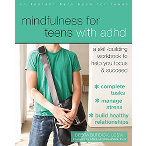
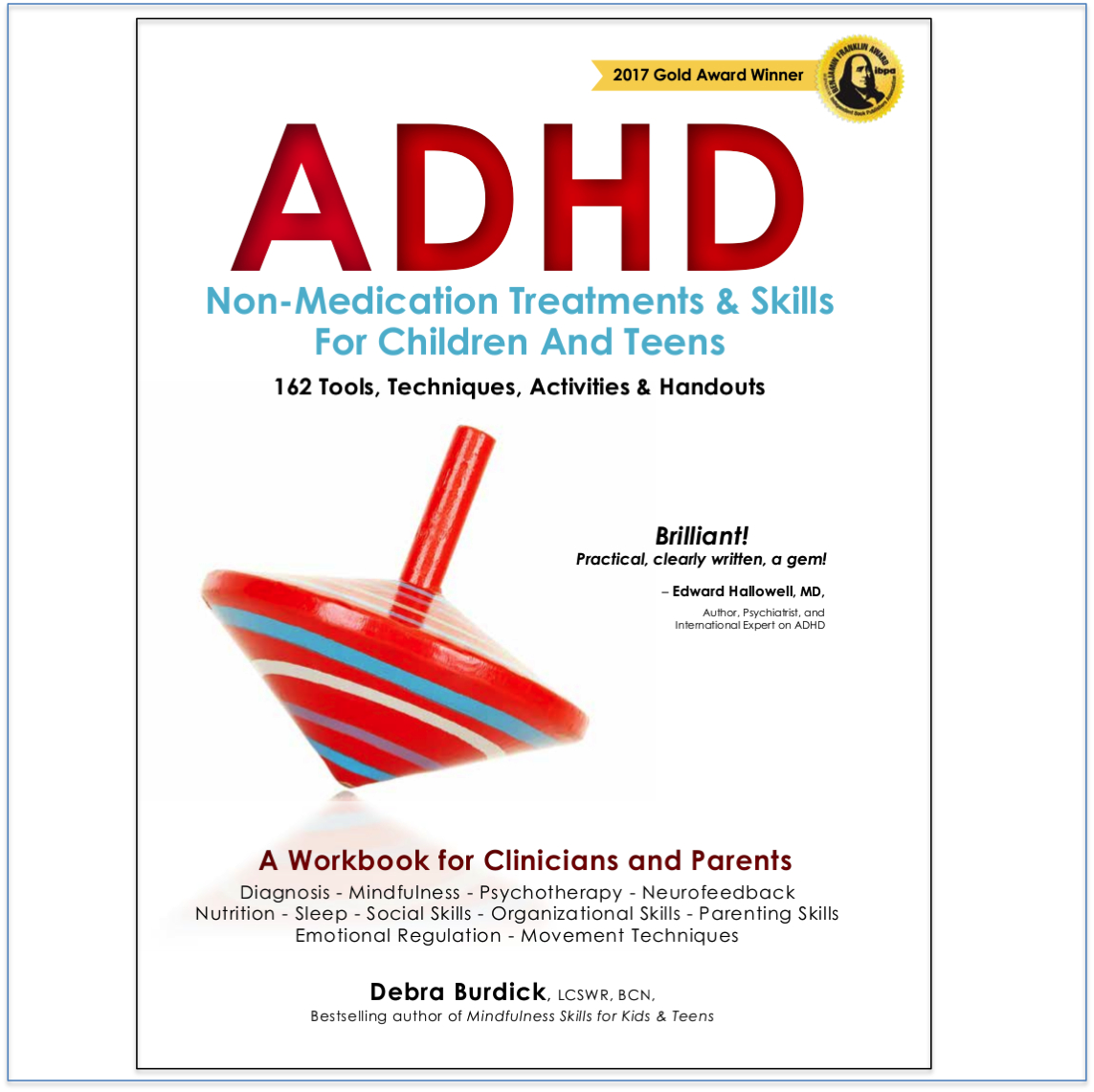
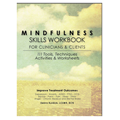
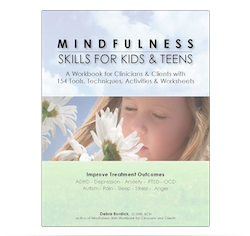
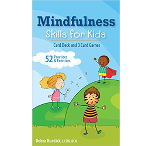
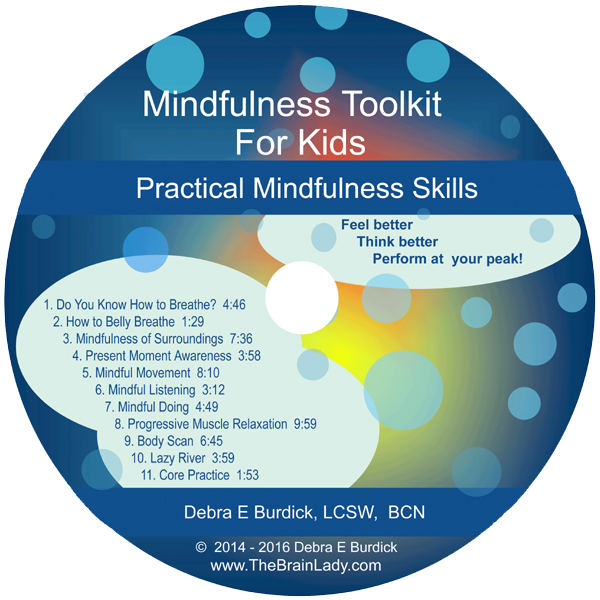
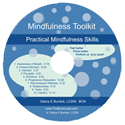
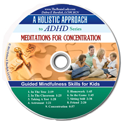
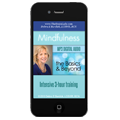
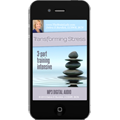
No comments yet. You should be kind and add one!
The comments are closed.